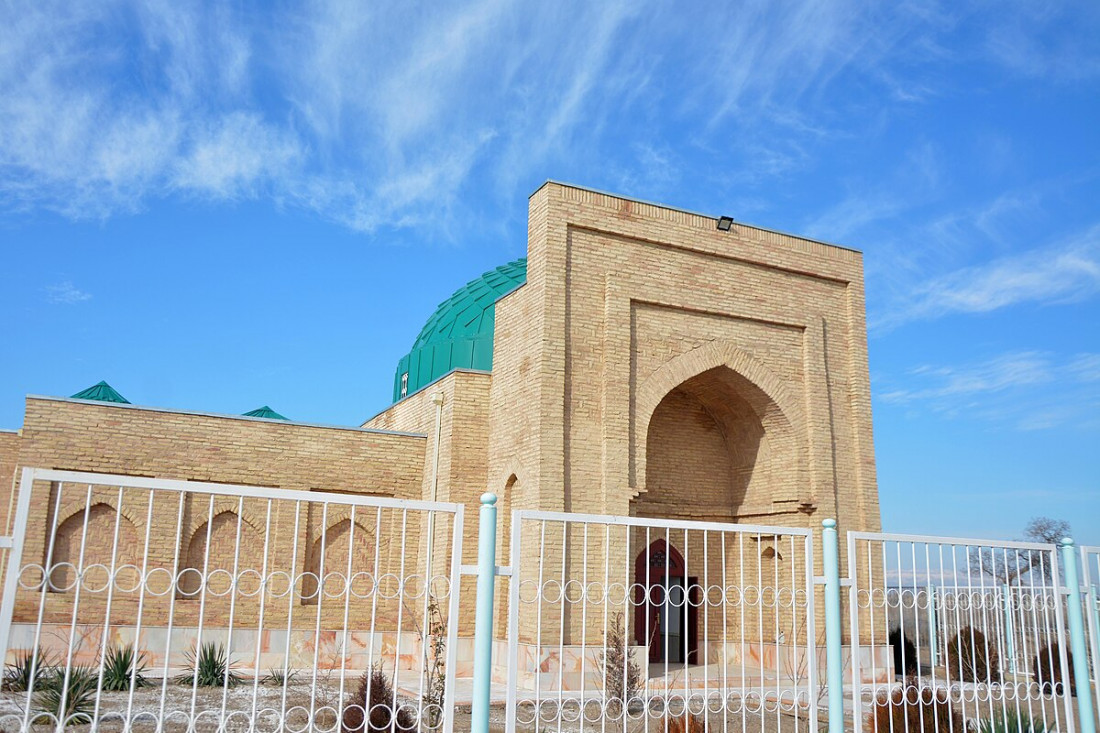Did you know that one of the 25 prophets mentioned in the Holy book of Koran is buried in Surkhandarya?
The Zul-Kifl mausoleum is an architectural monument near Termez. Dating back to the XI-XII centuries AD, it has been an interesting and unique object of pilgrimage for many Muslims from all over the world for a long time.
The prophet Zul-Kifl, who lived in the VI-VII centuries AD, was a well-known historical figure in the region. The burial place of the prophet is mentioned in the famous work of the Balkh scholar and philosopher of the XVII century Mahmud Ibn Wali “Sea of secrets” for the first time. It tells about the meeting of the great prophet with the outstanding thinker Khakim at-Termizi.

According to the legend, the holy man lived on the opposite bank of the Amu Darya bequeathed to his murids: “When I die, drop my body and the coffin (tobut) into the Amu Darya. Where my coffin stops, bury me there”. The disciples fulfilled his will and droped the coffin into the river. No matter how fleeting the Amu Darya was, by the will of Allah, tobut swam against the stream. Surprised by this, the murids began to follow the teacher along the river. Arrived at the island, formed at the place of division of the Amu Darya into two parts, the tobut stopped. The followers complied with their teacher’s request. After the tobut was buried on this island, the locals called it the Island of the Prophet.
Located in the southern part of the Aral-Paigambar (Island of Prophet) reserve on the bank of the Amu Darya, the mausoleum is designed as a small ensemble and consists of a large mosque with a dome, a small chapel adjacent to the southern bank and two rooms adjacent to the western side.
The mosque is decorated in the national style with a dome and portal. The mihrab is decorated with carved ganch patterns in the Girih style.
The stunning nature of the reserve, the mysterious history of the island attracts many inexperienced travelers from all over the world. Feel the breath of history washed by the streams of the bustling Amu Darya, visit this unique place on the southern border of Uzbekistan, and you will understand that not everything in the world is forgotten.
Comment